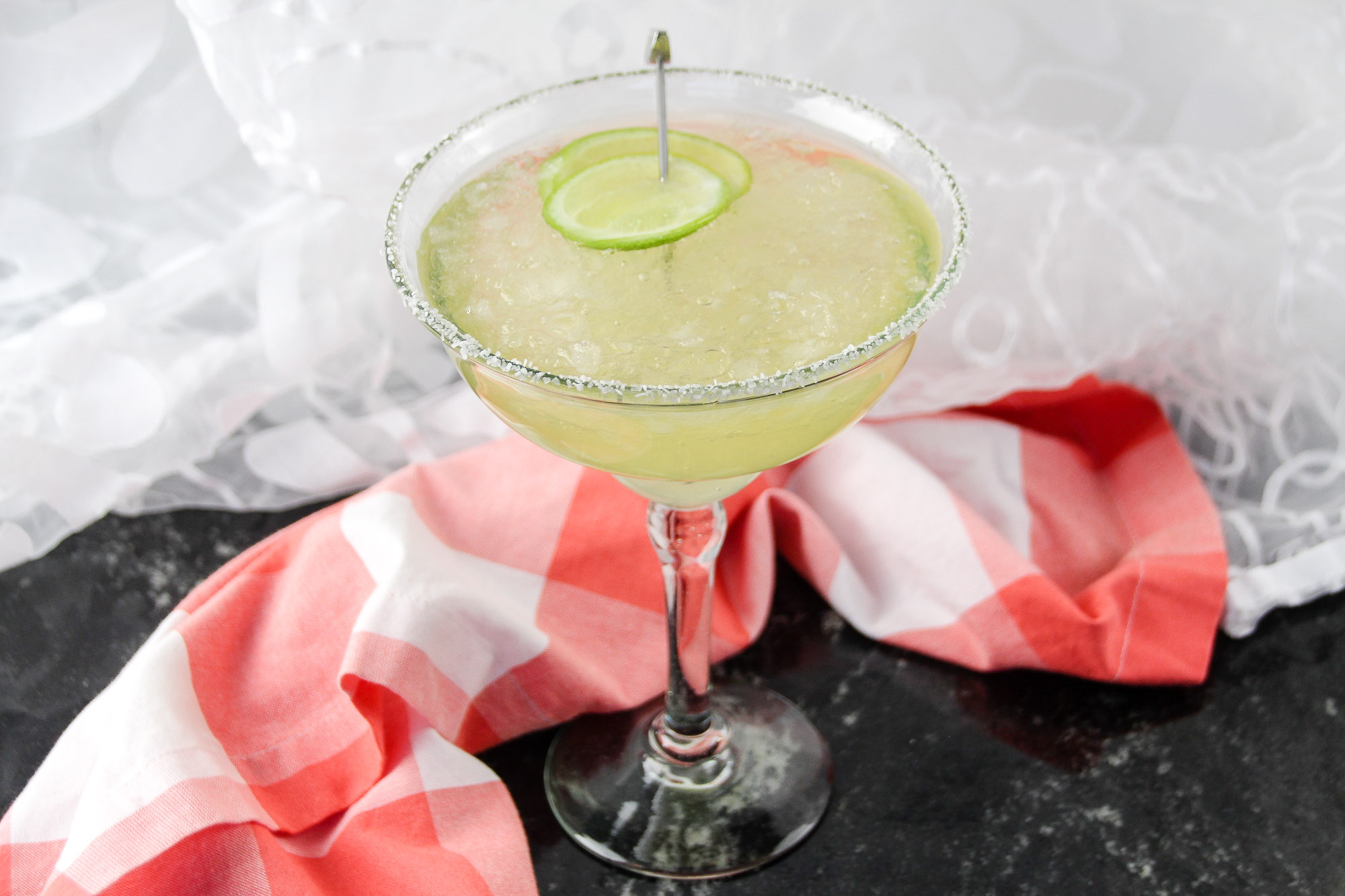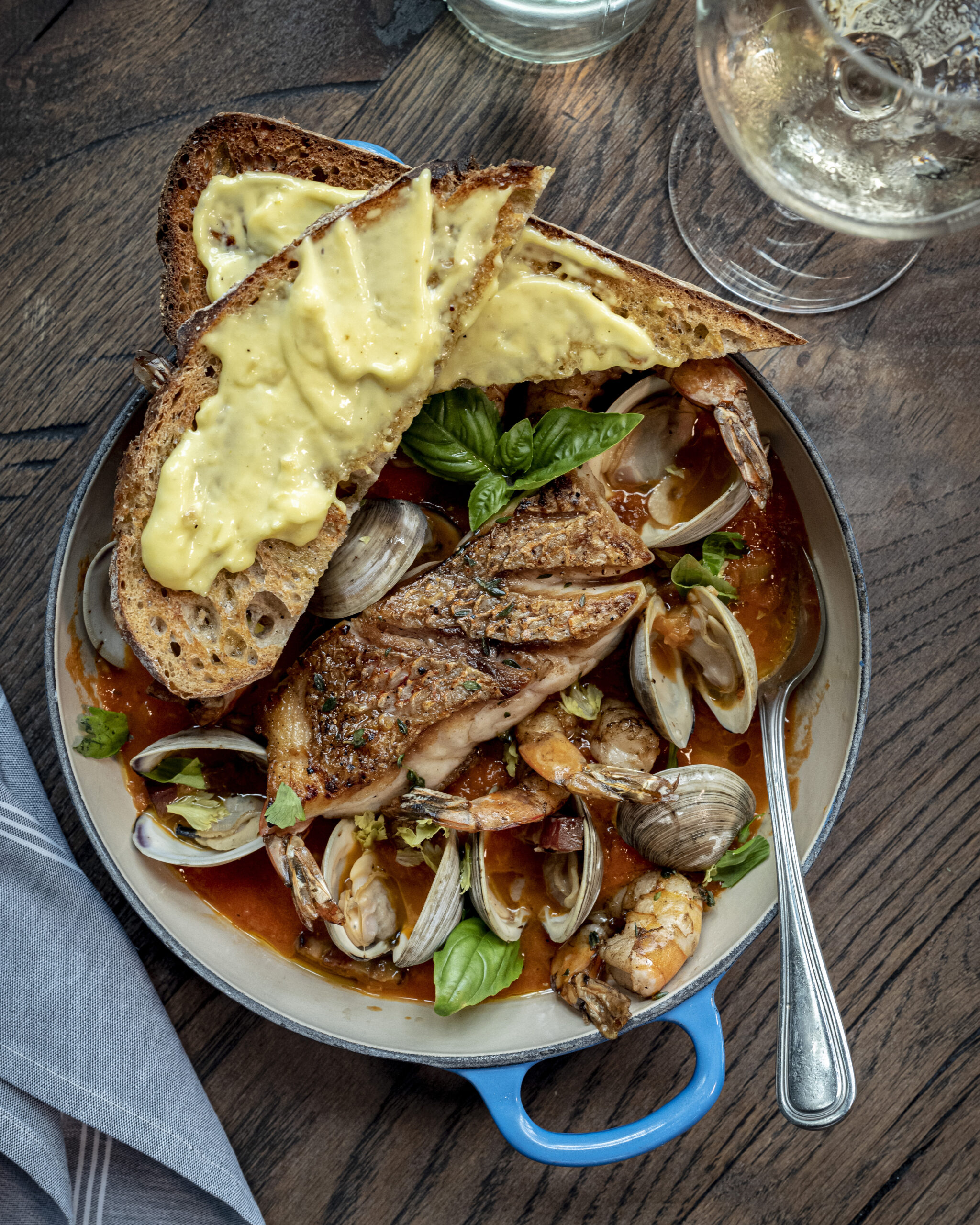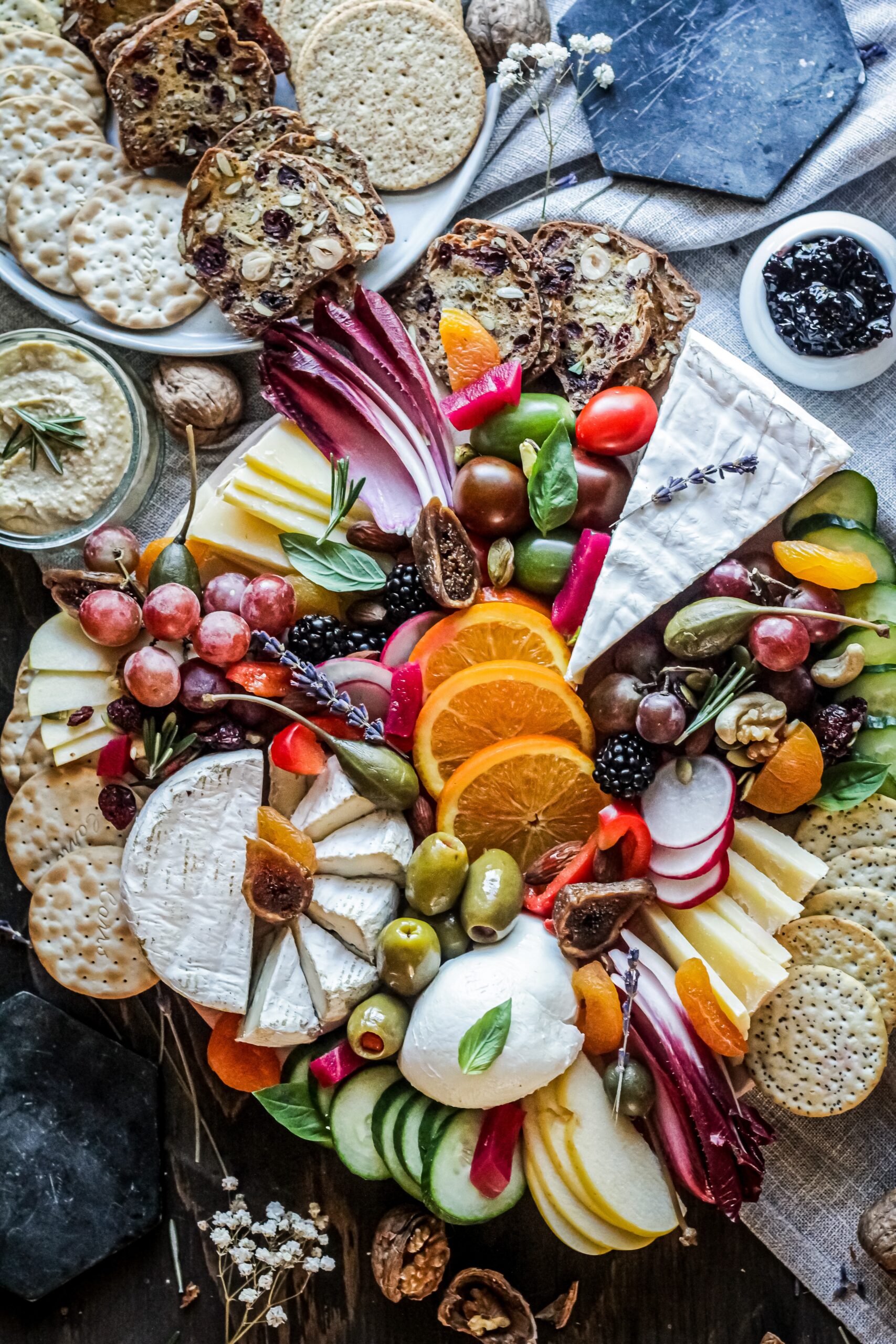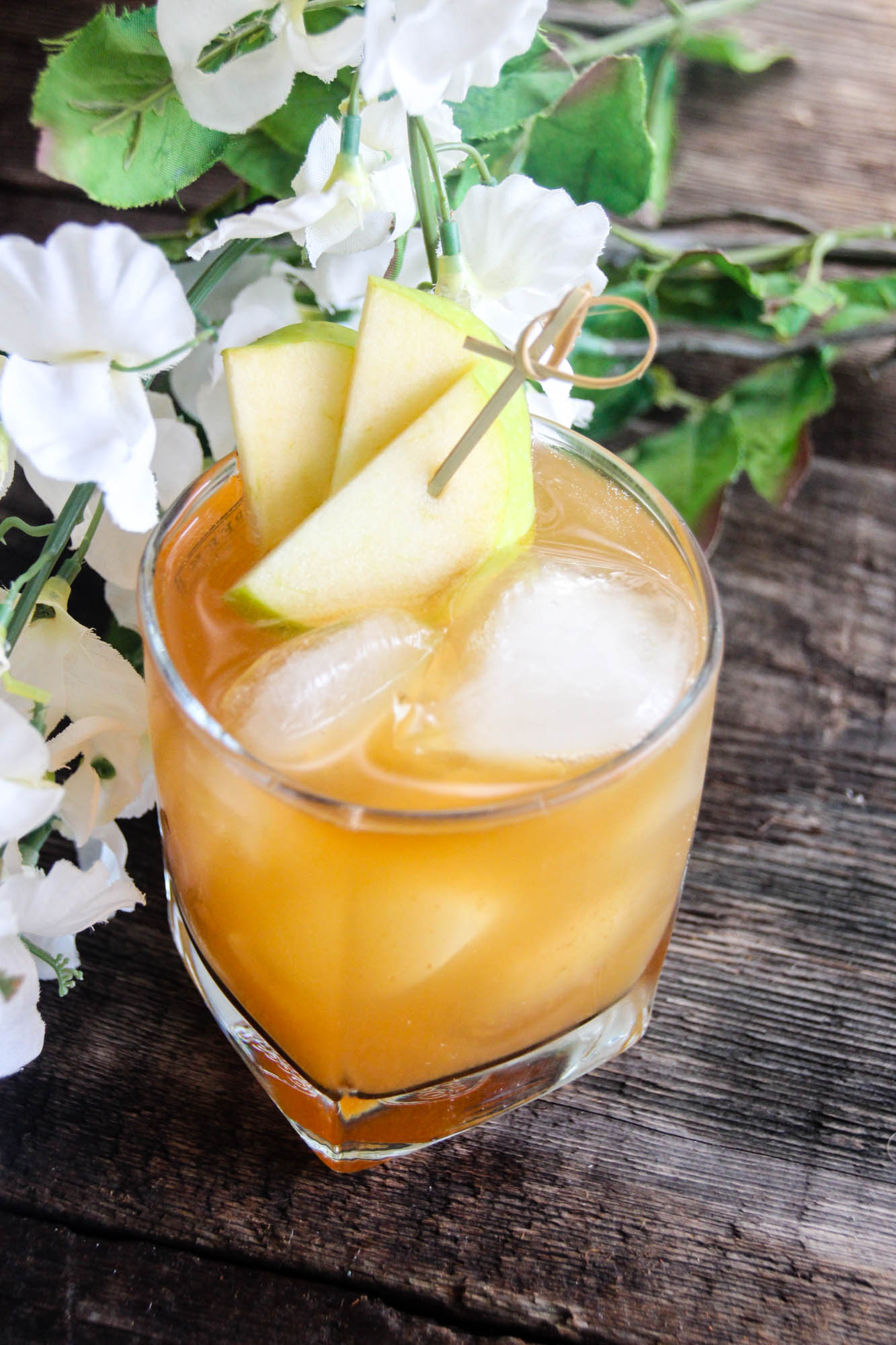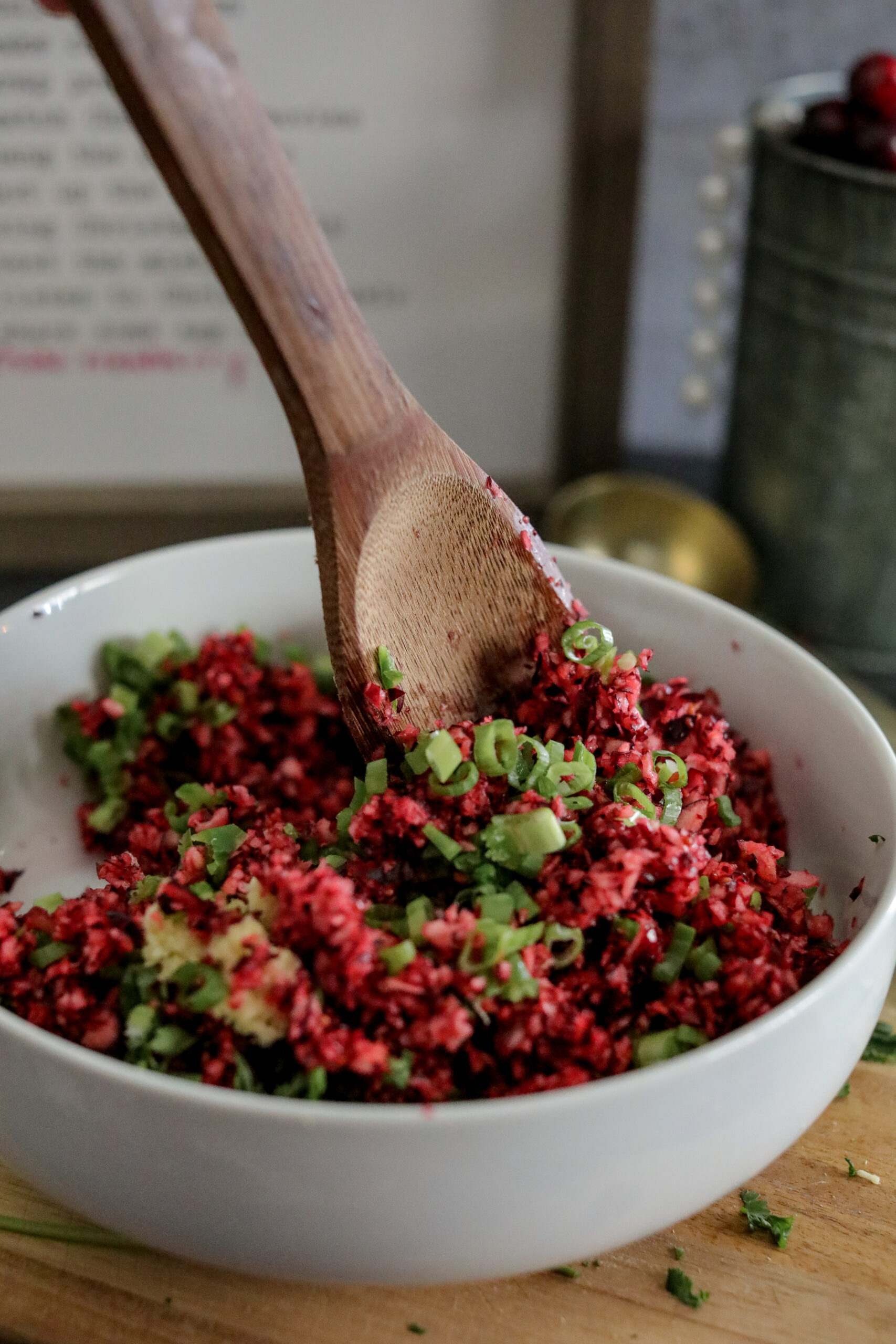High Protein Power Salad Recipe: A Delicious and Nutritious Meal
Looking for a healthy and filling meal that's packed with protein? Look no further than a high protein power salad! These salads are a great way to get in a variety of nutrient-dense ingredients, including lean protein sources like chicken, turkey, and beans. Plus, they're endlessly customizable, so you can switch up the ingredients to keep things interesting.
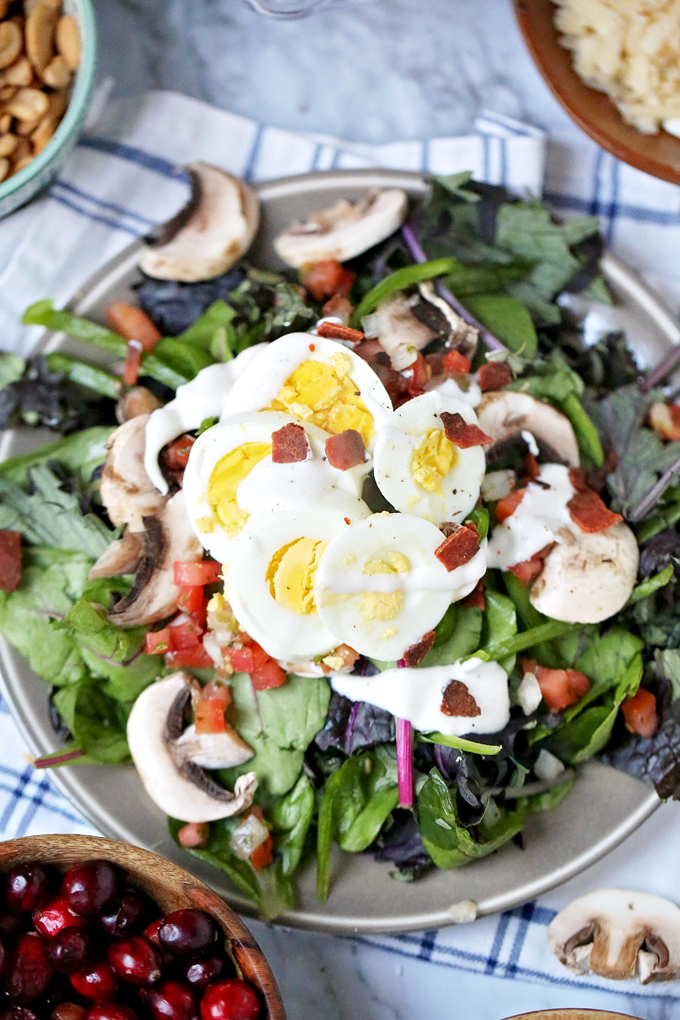
If you're looking to increase your protein intake, a high protein power salad is a great place to start. Protein is an essential nutrient that plays a key role in building and repairing tissues, as well as supporting a healthy immune system. By including a variety of protein sources in your salad, you can help ensure that you're meeting your daily protein needs.
But protein isn't the only important nutrient in a power salad. These salads are also a great way to get in a variety of other important vitamins and minerals, including fiber, iron, and vitamin C. Plus, they're a great way to use up leftover ingredients in your fridge, making them a budget-friendly option for meal prep. So why not give a high protein power salad a try?
High Protein Power Salad Recipe: A Delicious and Nutritious Meal
Choosing the Right Proteins
When it comes to creating a high protein power salad, choosing the right proteins is essential. Not only do proteins provide the necessary building blocks for our bodies, but they also help keep us feeling full and satisfied for longer periods of time. In this section, we will discuss some of the best animal-based and plant-based proteins to include in your power salad.
Animal-Based Proteins
Animal-based proteins are excellent sources of complete proteins, which means they contain all nine essential amino acids that our bodies need. Here are some of the best animal-based proteins to include in your power salad:
- Chicken: Chicken is a lean protein that is low in fat and high in protein. It is also a good source of vitamin B6, which is essential for brain development and function.
- Shrimp: Shrimp is a low-calorie protein that is high in protein and low in fat. It is also a good source of omega-3 fatty acids, which can help reduce inflammation in the body.
- Tuna: Tuna is a lean protein that is high in protein and low in fat. It is also a good source of vitamin D, which is essential for bone health.
- Eggs: Eggs are a versatile protein that can be boiled, scrambled, or fried. They are also a good source of choline, which is essential for brain health.
Plant-Based Proteins
Plant-based proteins are excellent sources of fiber, vitamins, and minerals. They are also lower in fat and calories than animal-based proteins. Here are some of the best plant-based proteins to include in your power salad:
- Tofu: Tofu is a versatile protein that can be grilled, baked, or sautéed. It is also a good source of calcium, which is essential for bone health.
- Lentils: Lentils are a good source of protein and fiber. They are also a good source of iron, which is essential for transporting oxygen throughout the body.
- Edamame: Edamame is a low-calorie protein that is high in protein and low in fat. It is also a good source of vitamin K, which is essential for blood clotting.
- Chickpeas: Chickpeas are a good source of protein and fiber. They are also a good source of folate, which is essential for cell growth and development.
By including a variety of animal-based and plant-based proteins in your power salad, you can create a delicious and nutritious meal that will keep you feeling full and satisfied for hours.
Selecting Fresh and Nutritious Greens
When it comes to making a high protein power salad, selecting the right greens is crucial. Not only do they add delicious flavor and texture to your salad, but they also provide a wealth of nutrients that are essential for good health. In this section, we'll explore the different types of greens you can use in your salad, as well as the many benefits of dark leafy greens.
Types of Greens
There are many different types of greens to choose from when making a salad. Some of the most popular options include:
- Kale: This leafy green is packed with vitamins A, C, and K, as well as iron and calcium. It has a slightly bitter taste and a tough texture, so it's best when massaged with a little bit of olive oil to help soften the leaves.
- Spinach: Spinach is a mild-tasting green that is rich in iron, folate, and vitamin K. It has a delicate texture that makes it a great addition to salads.
- Lettuce: There are many different types of lettuce to choose from, including romaine, butterhead, and iceberg. While they may not be as nutrient-dense as other greens, they add a nice crunch to salads and are a good source of fiber.
- Arugula: Arugula has a peppery flavor and a delicate texture. It is a good source of vitamins A and C, as well as calcium and iron.
- Mixed Greens: If you can't decide which greens to use, a mix of different greens is always a good option. Look for pre-packaged mixes that include a variety of nutrient-dense greens.
Related Post:
Benefits of Dark Leafy Greens
Dark leafy greens are some of the most nutrient-dense foods you can eat. They are packed with vitamins, minerals, and antioxidants that are essential for good health. Some of the many benefits of dark leafy greens include:
- Improved digestion: Greens are rich in fiber, which helps to promote healthy digestion and prevent constipation.
- Reduced inflammation: Many greens contain anti-inflammatory compounds that can help to reduce inflammation throughout the body.
- Stronger bones: Greens are a good source of calcium, which is essential for strong bones and teeth.
- Lower risk of chronic disease: Eating a diet rich in greens has been linked to a lower risk of chronic diseases like heart disease, diabetes, and certain types of cancer.
In conclusion, when making a high protein power salad, be sure to choose a variety of fresh and nutritious greens. Dark leafy greens like kale and spinach are particularly nutrient-dense and offer a wide range of health benefits.
Crafting the Perfect Dressing
When it comes to crafting the perfect high protein power salad, the dressing is just as important as the ingredients. Dressings can be oil-based, vinegar-based, or creamy, each adding a unique flavor and texture to the salad. Here are some tips for crafting the perfect dressing to complement your salad.
Oil-Based Dressings
Oil-based dressings are a great option for high protein power salads as they help to keep you feeling full and satisfied. Olive oil is a popular choice for these dressings as it is high in healthy fats that can help to reduce inflammation and improve heart health. To make an easy and delicious dressing, simply mix olive oil with lemon juice or vinegar and your choice of herbs and spices. We recommend trying this Avocado-Lime Dressing recipe for a creamy and flavorful option.
Vinegar and Citrus Dressings
Vinegar and citrus-based dressings are another great option for high protein power salads. These dressings add a tangy and refreshing flavor to the salad while also providing a boost of vitamin C. To make a simple and delicious dressing, mix vinegar or lemon juice with olive oil and your choice of herbs and spices. We recommend trying this Lime Vinaigrette recipe for a zesty and flavorful option.
Creamy Dressings
Creamy dressings can add a rich and indulgent flavor to high protein power salads. However, it is important to choose a healthy base for these dressings, such as Greek yogurt or avocado, to keep the salad healthy and balanced. To make a delicious and creamy dressing, blend Greek yogurt or avocado with herbs and spices and a splash of lemon juice or vinegar. We recommend trying this Creamy Avocado Dressing recipe for a healthy and delicious option.
Related Posts:
Incorporating a Variety of Vegetables
When it comes to making a high protein power salad, incorporating a variety of vegetables is key. Not only does it make the salad more colorful and visually appealing, but it also maximizes nutrient intake. Here are some tips on how to add a variety of vegetables to your salad:
Colorful Additions
Adding colorful vegetables such as tomatoes, cucumber, onion, sweet potato, and bell peppers not only adds flavor and texture to your salad, but it also provides a wide range of nutrients. Tomatoes are rich in lycopene, a powerful antioxidant that may help reduce the risk of certain cancers. Cucumbers are a great source of hydration and contain vitamins K and C. Onions contain sulfur compounds that may help reduce inflammation and improve heart health. Sweet potatoes are high in fiber and contain vitamins A and C. Bell peppers are rich in vitamin C and may help improve eye health.
Maximizing Nutrient Intake
To maximize nutrient intake, it's important to choose a variety of vegetables with different colors and textures. For example, leafy greens such as spinach and kale are high in iron and calcium, while cruciferous vegetables such as broccoli and cauliflower are rich in antioxidants and may help reduce the risk of certain cancers. Adding a variety of vegetables to your salad not only provides a range of nutrients but also adds flavor and texture.
To make it easier to incorporate a variety of vegetables into your salad, try making a list of your favorite vegetables and experiment with different combinations. You can also try adding roasted or grilled vegetables for a different flavor and texture. Adding a variety of vegetables not only makes your salad more nutritious but also adds variety and flavor to your meals.
Adding Healthy Fats and Extras
To make our High Protein Power Salad even more nutritious, we like to add some healthy fats and extras. Here are some of our favorite additions:
Seeds and Nuts
Adding seeds and nuts to your salad is a great way to add some healthy fats, protein, and crunch. We love adding pumpkin seeds, sunflower seeds, almonds, and walnuts to our salads. Not only do they add flavor and texture, but they also provide important nutrients like magnesium, vitamin E, and omega-3 fatty acids.
Cheese Varieties
Cheese is a great way to add some extra protein and flavor to your salad. We recommend using a hard cheese like Parmesan or a crumbly cheese like feta. These cheeses are lower in calories and fat than some other varieties, but still add a lot of flavor to your salad.
Fruit and Berries
Adding fruit and berries to your salad is a great way to add some natural sweetness and extra nutrients. We love adding sliced apples, pears, and strawberries to our salads. These fruits are high in fiber and vitamins, and add a nice contrast to the savory flavors in the salad.
To keep our High Protein Power Salad healthy and nutritious, we like to use these additions in moderation. A small handful of nuts or seeds, a sprinkle of cheese, and a few slices of fruit are all you need to take your salad to the next level.
Related Posts:
Assembling Your Power Salad
Once you have all of your ingredients ready, it's time to assemble your protein power salad. Here are a few tips to help you create a delicious and satisfying meal:
Layering for Flavor and Texture
We recommend layering your ingredients to create a balance of flavors and textures in each bite. Start with your base of greens, such as kale or spinach, and then add your protein source, such as chicken or tofu. Next, add some crunch with nuts or seeds, and then add some sweetness with dried fruit or fresh berries. Finally, top it all off with a flavorful dressing, such as a lemon vinaigrette or a creamy avocado dressing.
Portion Control
It's important to keep portion control in mind when assembling your power salad. While it's tempting to pile on the toppings, too much of a good thing can lead to a calorie overload. We recommend using a smaller bowl or plate to help you control your portions. Aim for a balance of protein, healthy fats, and complex carbohydrates to keep you feeling full and satisfied.
In conclusion, assembling a protein power salad is easy and fun. By layering your ingredients for flavor and texture and keeping portion control in mind, you can create a delicious and satisfying meal that will keep you fueled and energized all day long.
High Protein Power Salad Recipe
Ingredients:
- 2 cups mixed greens
- a quarter of a bell pepper, sliced
- ⅓ cup sliced mushrooms
- ¼ cup pico de gallo
- 1 boiled egg, sliced
- 1-2 tbsp ranch dressing
Directions:
- Start with a bed of mixed greens.
- Layer on bell pepper, mushrooms, pico, and top with a sliced boiled egg.
- Drizzle on ranch dressing.
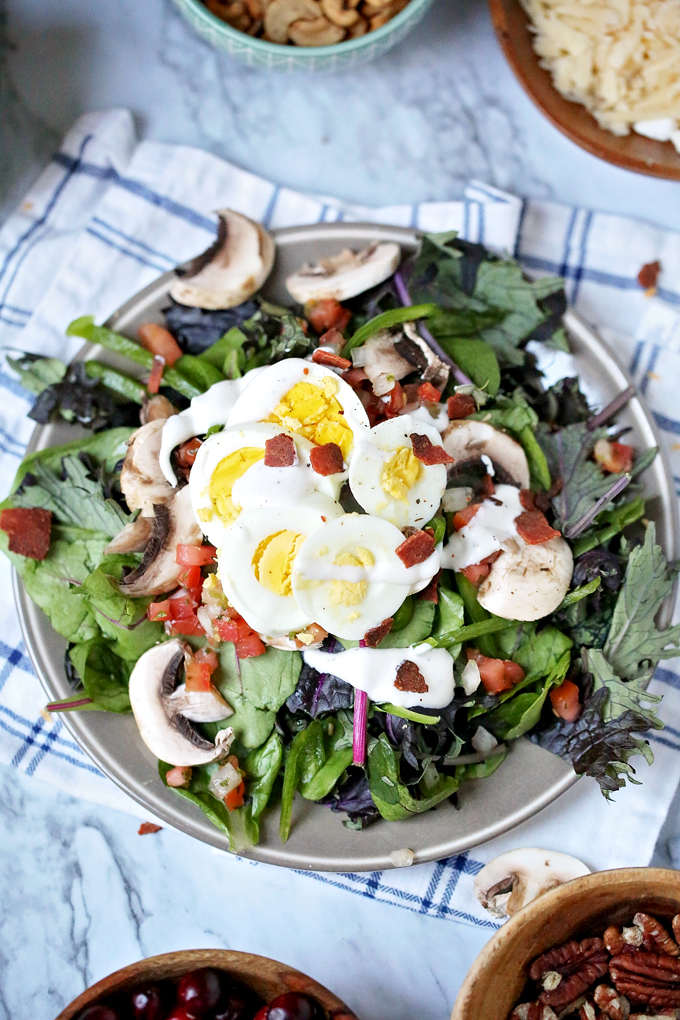
Customizing Your Salad for Dietary Needs
At times, it can be challenging to find a salad that suits your dietary needs. But, with a little creativity, you can quickly turn any salad into a high-protein powerhouse that meets your dietary requirements. Here are some ways to customize your salad to meet your dietary needs.
Gluten-Free Options
If you're gluten intolerant or have celiac disease, you can still enjoy a high-protein salad. The key is to avoid croutons, breaded chicken, and other gluten-containing ingredients. Instead, opt for gluten-free grains like quinoa, brown rice, or buckwheat. You can also add nuts, seeds, and beans to boost the protein content of your salad.
Here are some gluten-free options to include in your salad:
- Grains: quinoa, brown rice, buckwheat, millet, amaranth
- Nuts and seeds: almonds, walnuts, pumpkin seeds, sunflower seeds
- Beans and legumes: chickpeas, black beans, kidney beans, lentils
Vegetarian and Vegan Variations
If you're a vegetarian or vegan, you can still enjoy a high-protein salad. The key is to add plant-based protein sources like tofu, tempeh, or seitan. You can also add nuts, seeds, and legumes to boost the protein content of your salad.
Here are some vegetarian and vegan options to include in your salad:
- Plant-based protein: tofu, tempeh, seitan, edamame
- Nuts and seeds: almonds, walnuts, pumpkin seeds, sunflower seeds
- Beans and legumes: chickpeas, black beans, kidney beans, lentils
By customizing your salad to meet your dietary needs, you can enjoy a high-protein meal that's both nutritious and delicious. Whether you're gluten intolerant, vegetarian, or vegan, there are plenty of options to choose from. Don't be afraid to experiment with different ingredients to find the perfect combination that suits your taste buds.
Serving and Pairing Suggestions
Complementary Sides
We love serving our High Protein Power Salad as a main dish for lunch or dinner, but it also makes a great side dish. If you're looking to serve it as a side, we recommend pairing it with a light soup or a sandwich. A tomato soup or a grilled cheese sandwich would be a great complement to this salad.
If you're serving this salad as a main dish for the family, you can also add some sides to make it a more complete meal. Some roasted sweet potatoes or a side of quinoa would be a great addition to this salad. This will make sure that everyone gets their fill and that there are leftovers for the next day.
Beverage Pairings
When it comes to beverage pairings, we recommend serving this salad with a light and refreshing drink. A glass of iced tea or lemonade would be a great choice for a summer day. If you're looking for something a little more indulgent, a glass of white wine or a light beer would be a great complement to this salad.
If you're serving this salad for lunch, we recommend sticking to non-alcoholic beverages. A glass of water or a sparkling water with a slice of lemon would be a great choice. This will help keep you hydrated and refreshed throughout the day.
Overall, this salad is versatile and can be paired with a variety of sides and beverages. With its high protein content, it's a great choice for a filling and satisfying meal.
Frequently Asked Questions
What are the best ingredients to add to a salad for a high-protein diet?
When it comes to high-protein salads, the ingredients you choose can make all the difference. Some great protein-packed options to include in your salad are grilled chicken, turkey, or fish, hard-boiled eggs, tofu, beans, and nuts. Leafy greens like spinach, kale, and arugula are also great options to add fiber and antioxidants to your salad.
How can you make a protein-packed salad suitable for bodybuilding?
If you're looking to build muscle, you'll want to add plenty of protein to your salads. In addition to the protein sources mentioned above, you can also add quinoa, bulgur, or other whole grains to your salad to increase the protein content. Greek yogurt or cottage cheese can also be added to your salad as a creamy and protein-packed dressing.
What are some good options for a high-protein, low-carb salad?
If you're following a low-carb diet, you can still enjoy a delicious and protein-packed salad. Some great options to include are grilled chicken or shrimp, hard-boiled eggs, cheese, nuts, and seeds. Leafy greens like spinach, kale, and arugula are also low in carbs and high in fiber.
How can I prepare a high-protein salad that's also high in fiber?
To make a salad that's high in both protein and fiber, start with a base of leafy greens like spinach or kale. Add protein sources like grilled chicken, turkey, or tofu, and then top with fiber-rich vegetables like broccoli, carrots, and bell peppers. You can also add beans or lentils to your salad for an extra boost of fiber.
Can incorporating high-protein salads into my diet help with weight loss?
Yes, incorporating high-protein salads into your diet can help with weight loss. Protein is known to be more satiating than carbohydrates or fat, meaning it can help you feel fuller for longer. By choosing high-protein ingredients for your salad, you may be less likely to overeat and more likely to stick to your weight loss goals.
What are some meatless options to increase the protein content in my salads?
If you're following a vegetarian or vegan diet, there are still plenty of options to add protein to your salads. Some great meatless options include tofu, tempeh, edamame, quinoa, beans, and lentils. Nuts and seeds are also great options to add healthy fats and protein to your salad.


